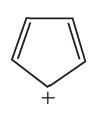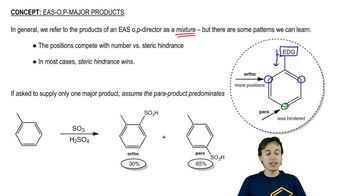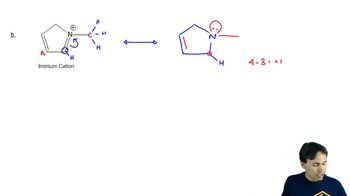a. Draw resonance contributors for the following species, showing all the lone pairs:
b. For each species, indicate the most stable resonance contributor.
3. NO2-

 Verified step by step guidance
Verified step by step guidance Verified video answer for a similar problem:
Verified video answer for a similar problem:



 3:34m
3:34mMaster The rules you need for resonance: with a bite sized video explanation from Johnny
Start learning